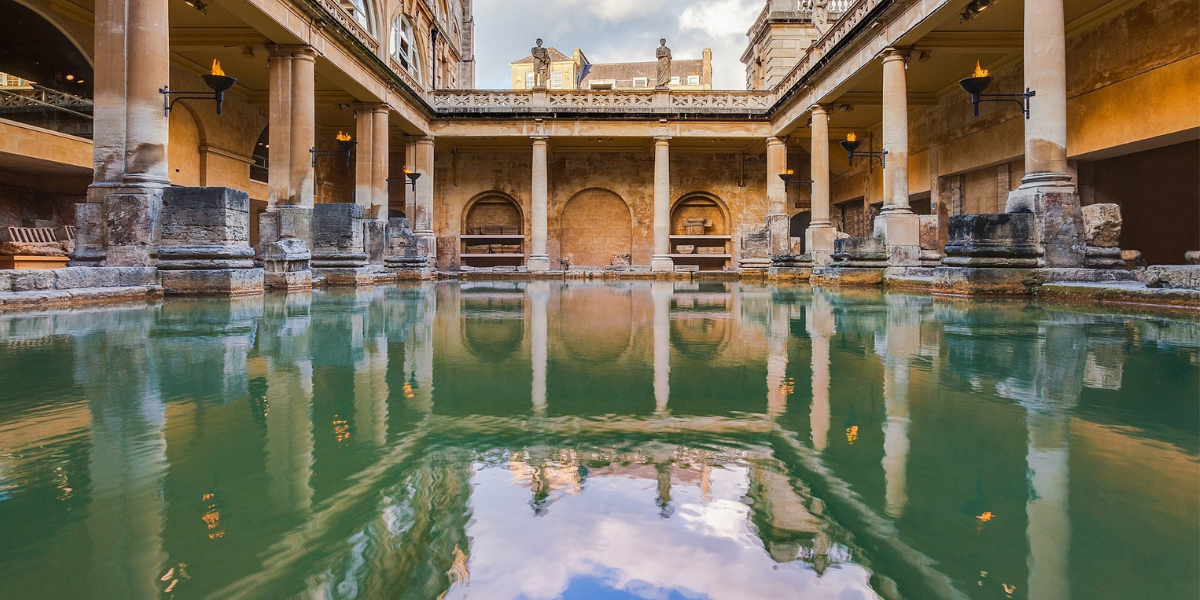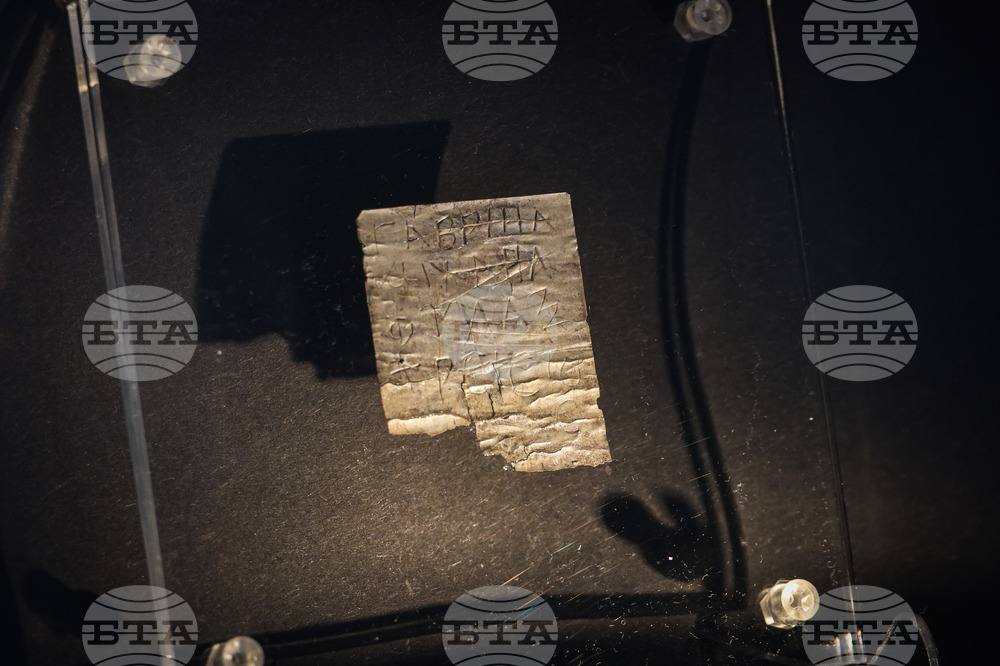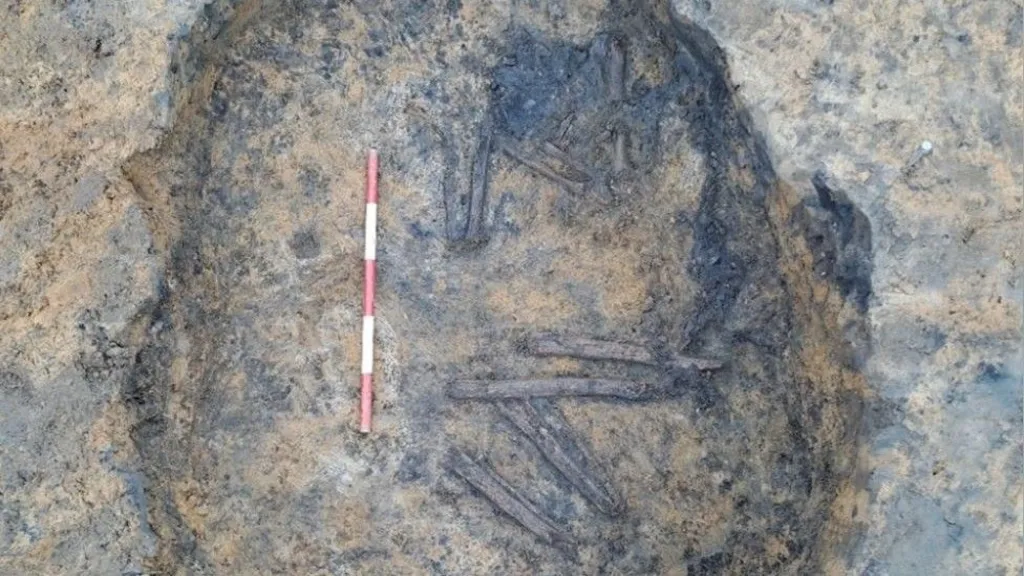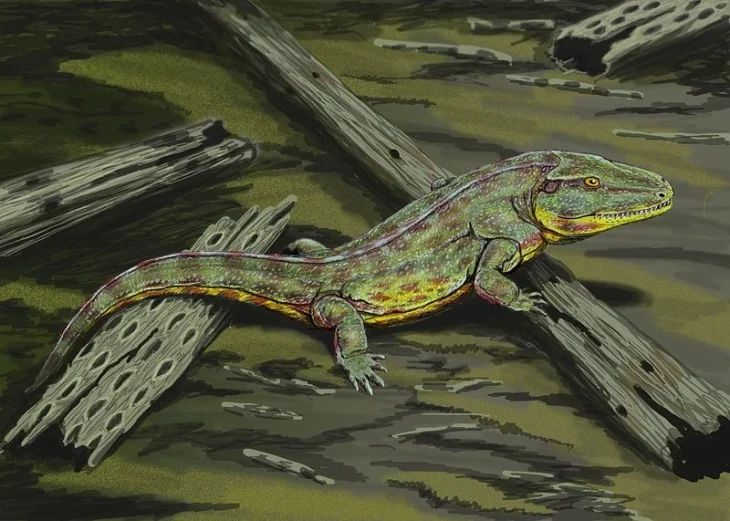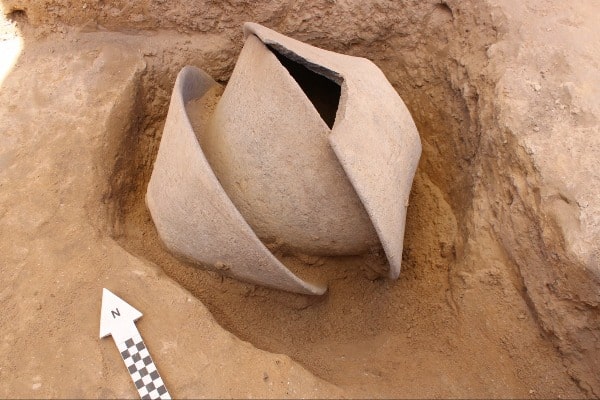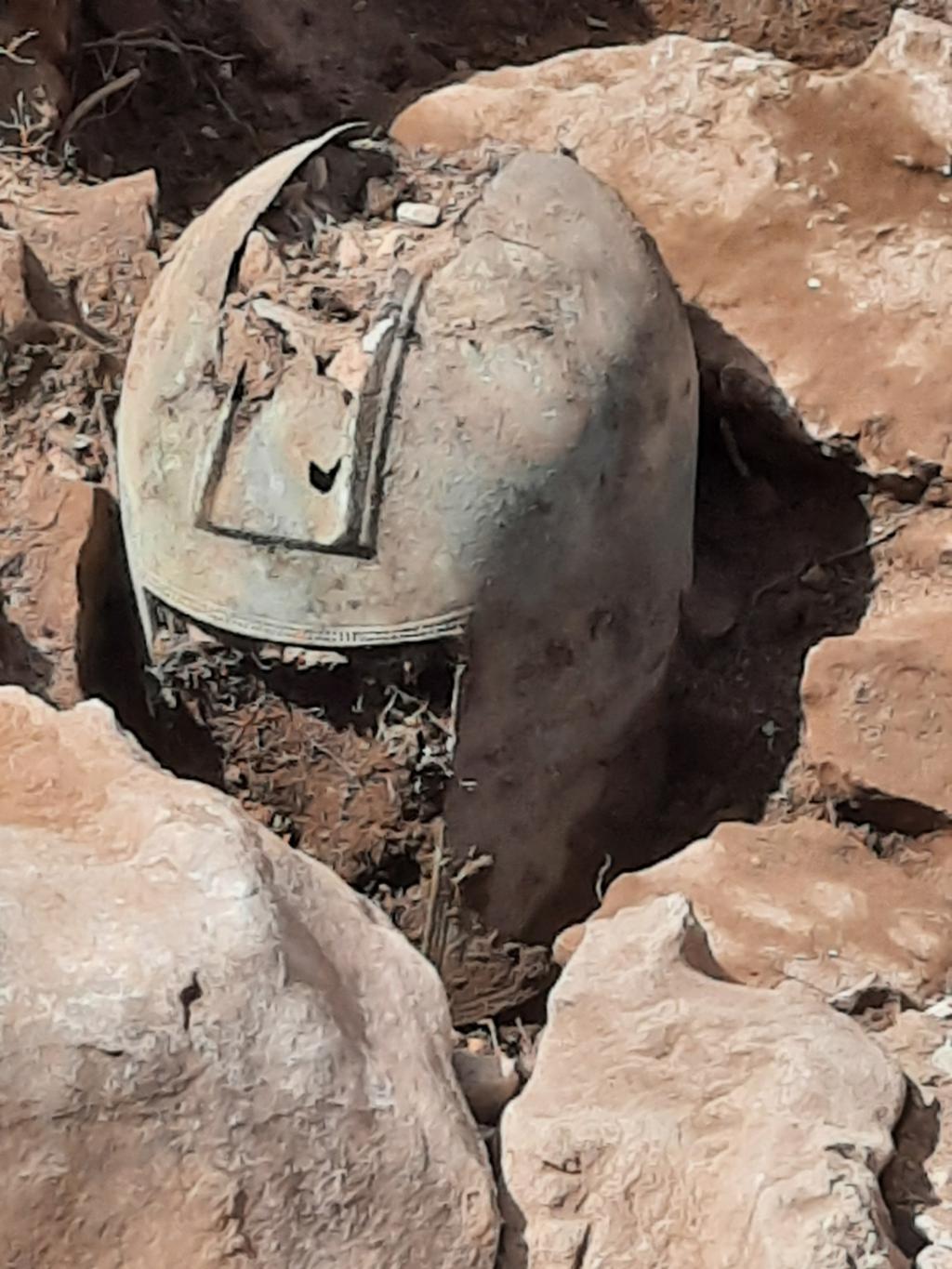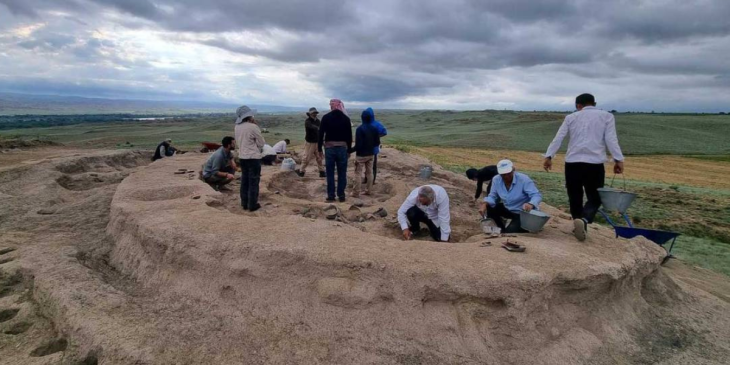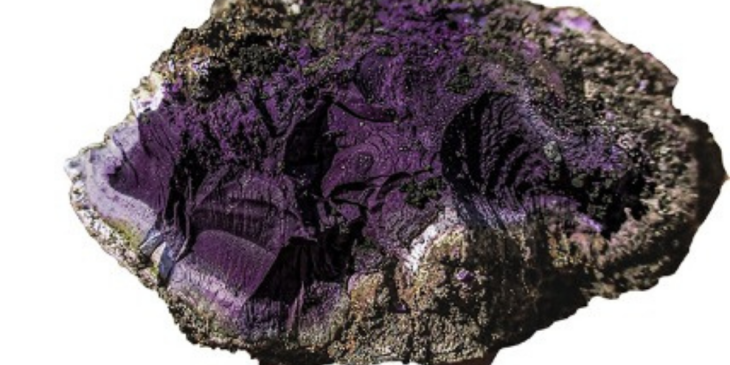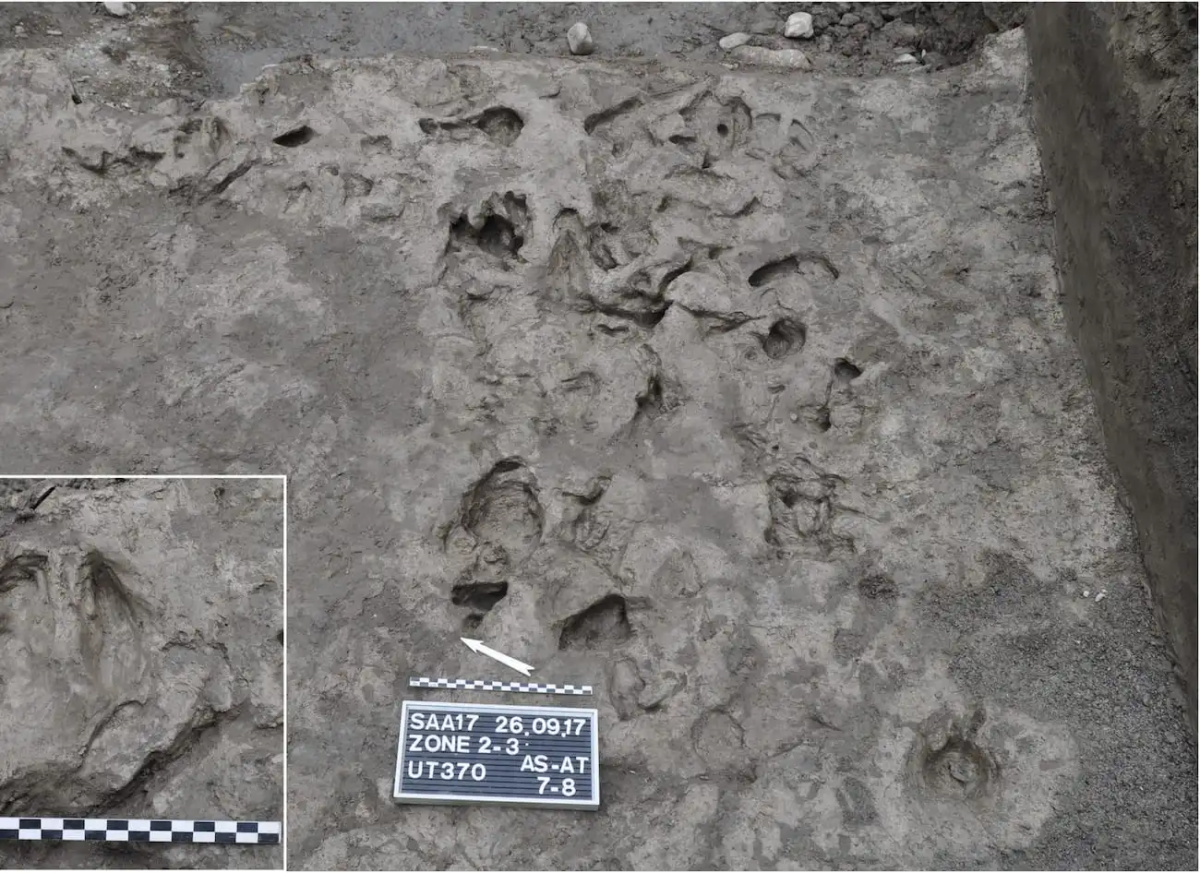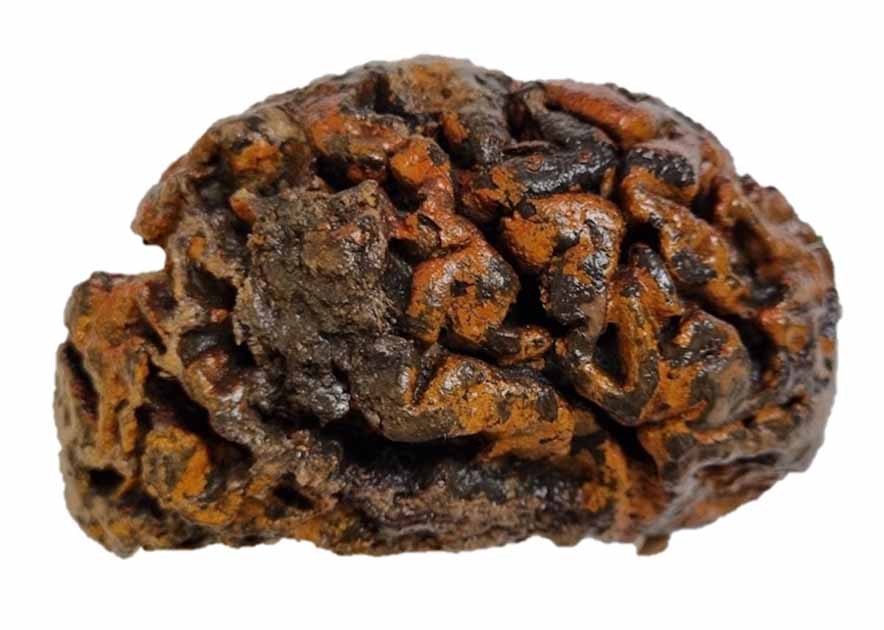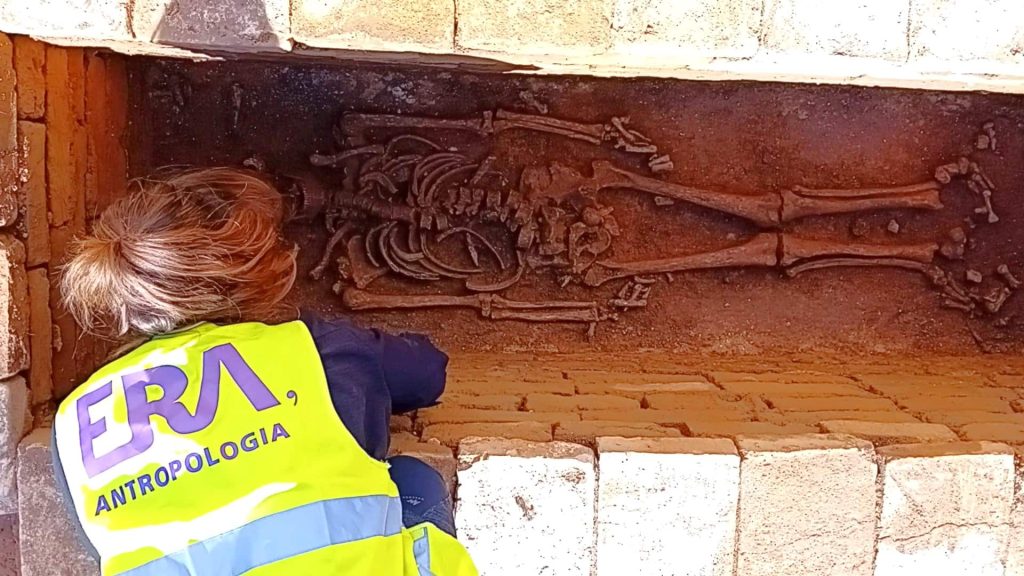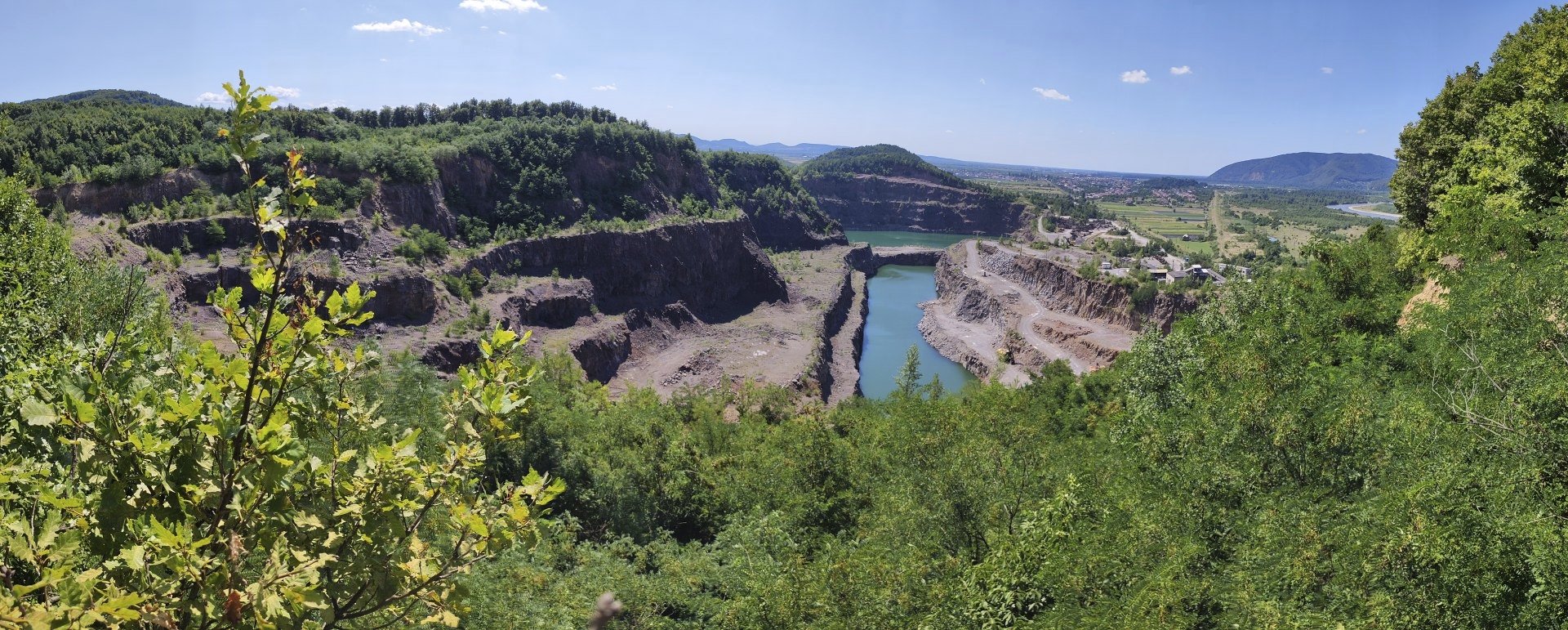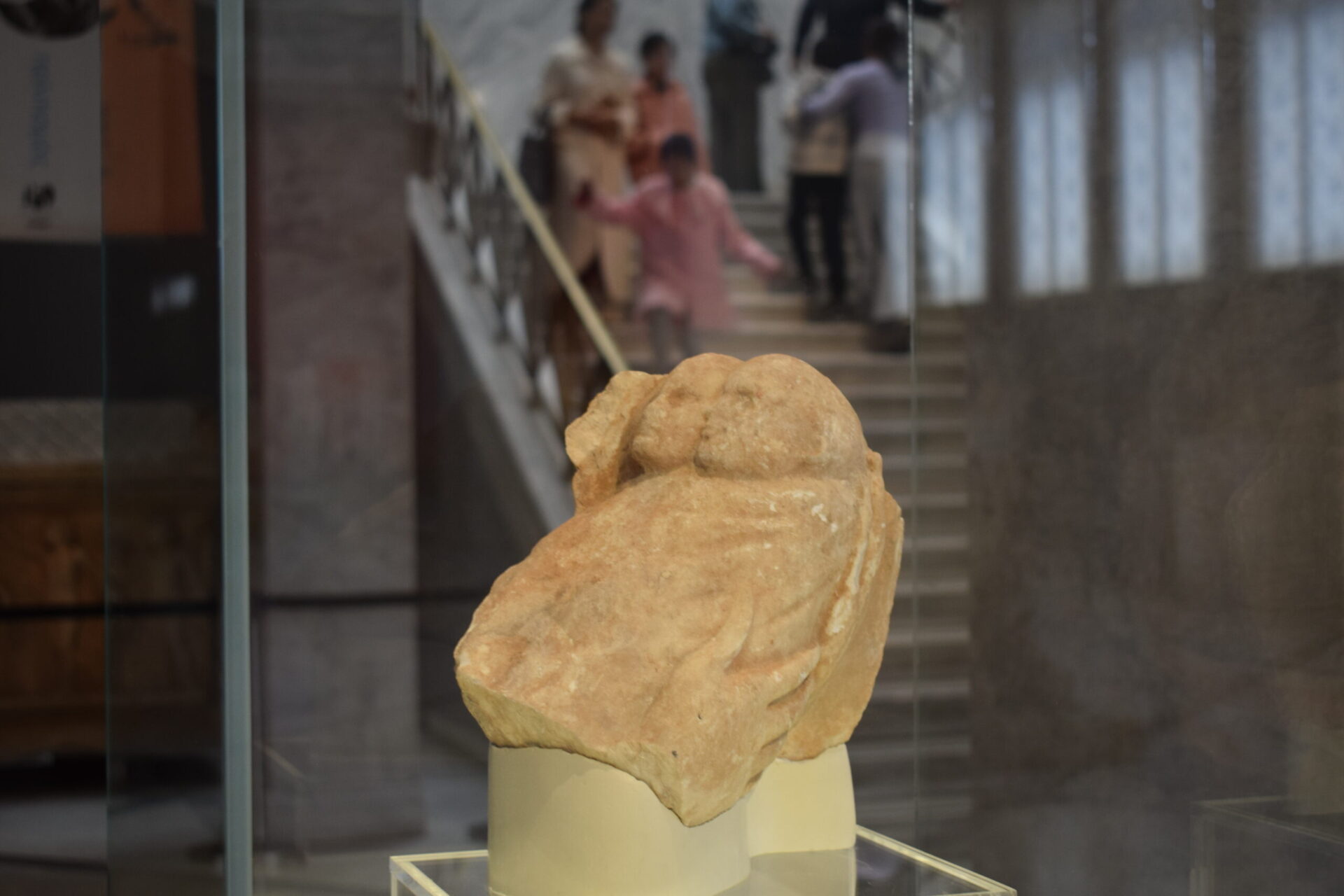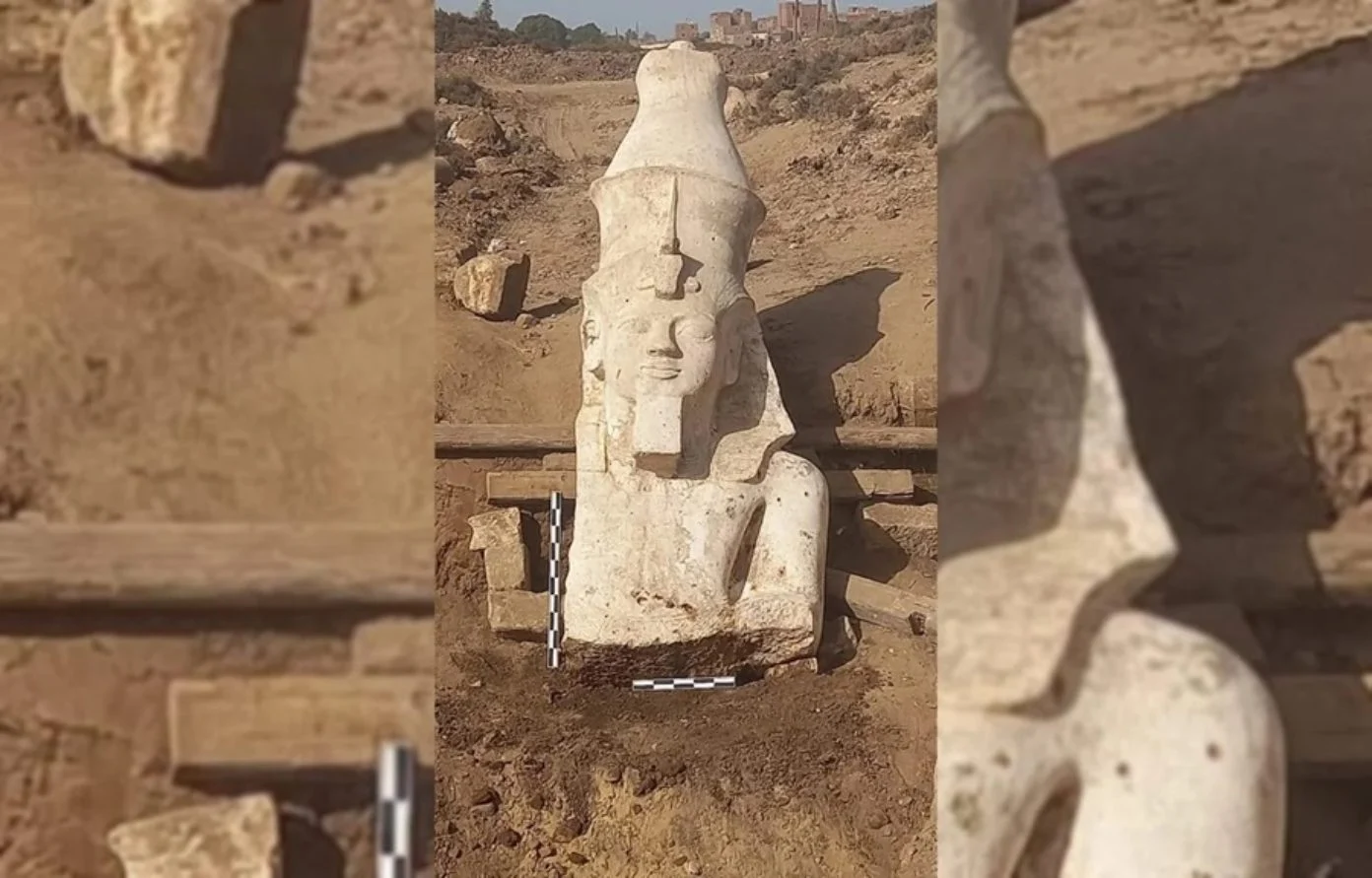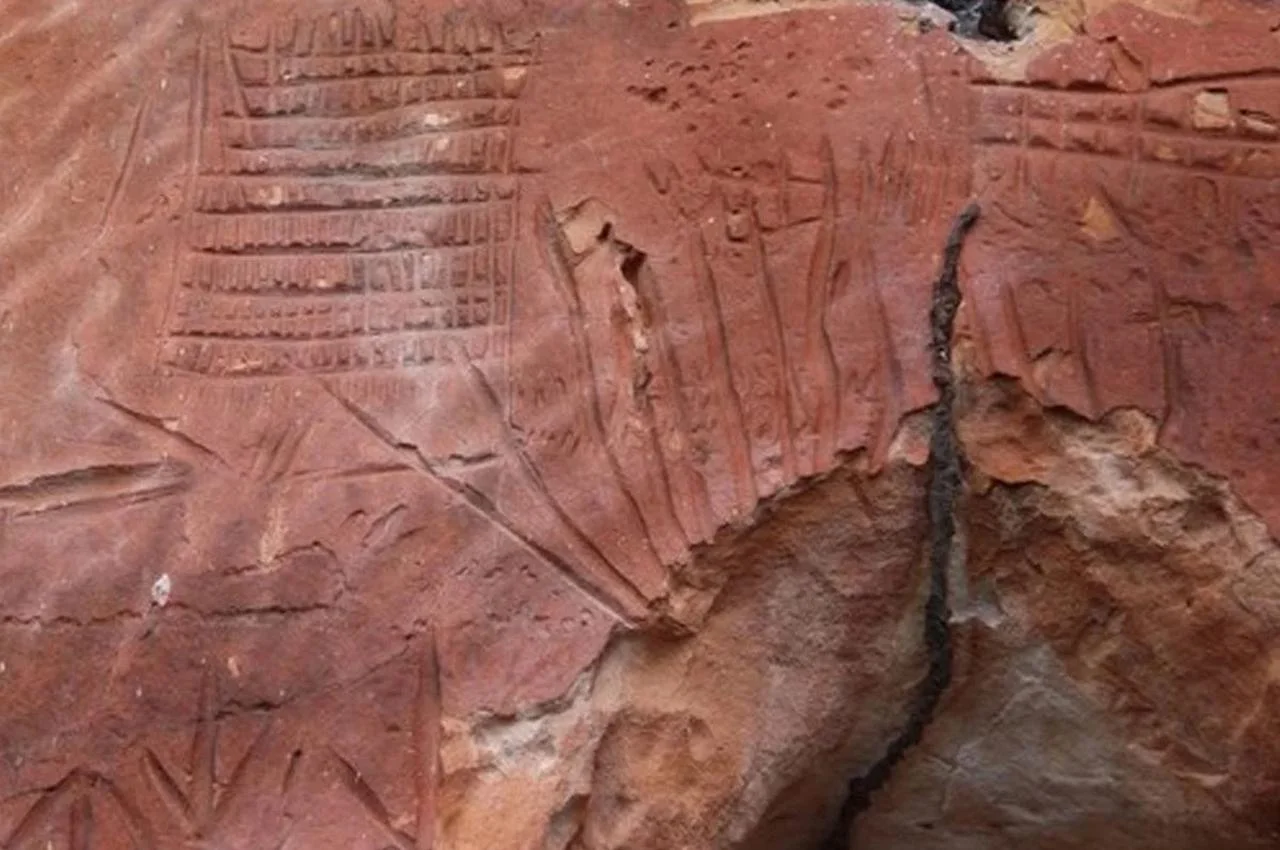Researchers from Plymouth University’s School of Biomedical Sciences have discovered that the popular Roman Baths in the city of Bath in southwest England harbor a wide range of microorganisms that could be critical in the global fight against antimicrobial resistance.
When the Romans came to Bath’s hot springs, they weren’t just relaxing in the spa waters. They were also unwittingly getting rid of deadly bacteria.
Researchers from the University of Plymouth’s School of Biomedical Sciences have uncovered the results of tests showing that the water in the Bath Baths contains microbial life forms that produce antibiotic substances. These beneficial emissions can destroy common but potentially deadly bacteria such as E. coli and Staphylococcus Aureus, which are well-known threats to human health.
The findings are detailed in a study published in the June 2024 issue of the journal The Microbe.
The remains of Roman baths have been unearthed in many countries, including Albania, Austria, Croatia, Türkiye and Spain. These public structures were typically built over hot springs with supposed medicinal properties. In this study in Bath, England, the Roman Baths were built around 707 AD.
Zofia Matyjaszkiewicz, Collections Manager at the Roman Baths and co-author of the new study, said: “People have visited the springs at Bath for thousands of years, worshipping, bathing and drinking the waters for centuries. Even in Victorian times, the Spa Treatment Center in Bath used natural spring waters for their perceived healing properties in all kinds of showers, baths and treatments. It’s really exciting to see cutting-edge scientific research like this taking place here, on a site with so many stories to tell.”
Scientists took samples of water, sediment and bacterial growth from places such as King’s Spring, where waters reached about 113F (45C), and the Great Baths, where temperatures were close to 86F (30C).
Around 300 different bacterial species were discovered, 15 of which were active against human pathogens, including E. coli, Staphylococcus aureus and Shigella flexneri.
Studying what potentially clinically useful microbes are found in balmy water could help develop new antibiotics at a crucial time. Worldwide, bacterial resistance to currently used drugs is estimated to be responsible for more than 1.27 million deaths annually.
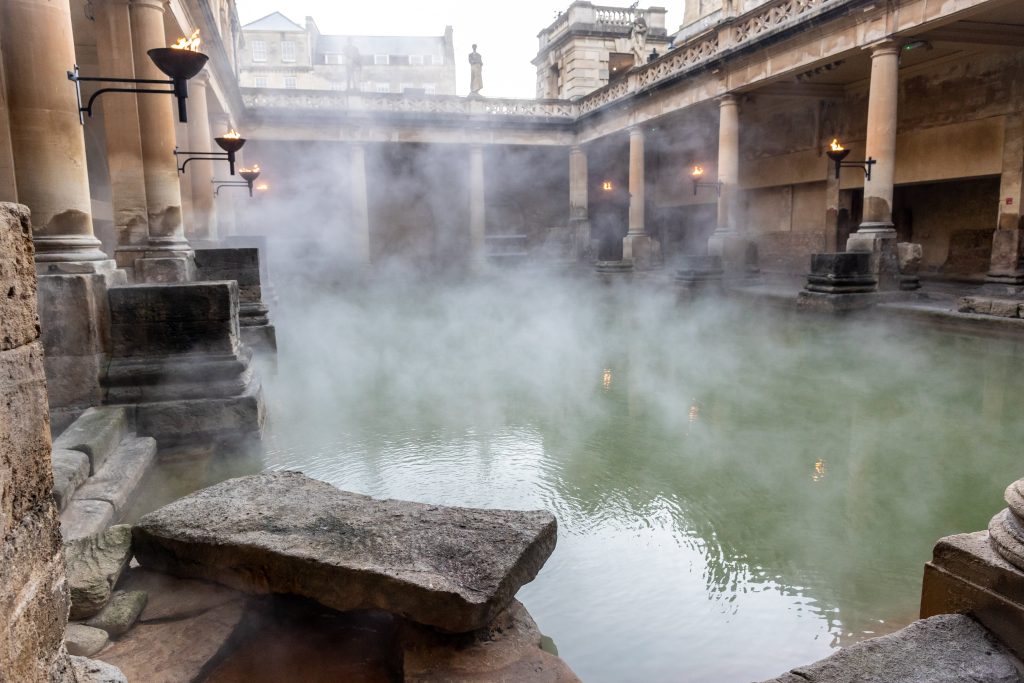
The team believes that much more research is needed to mobilize the microorganisms found in the Roman Baths to fight infection and disease. However, they think these preliminary results show that these ancient hot springs may contain new natural products worthy of further investigation.
Dr. Lee Hutt, a lecturer in Biomedical Sciences at Plymouth University, said: “This is really important and very exciting research. Antimicrobial resistance is recognized as one of the most significant threats to global health and the search for new antimicrobial natural products is gathering pace. This study demonstrated for the first time some of the microorganisms found in the Roman Baths, establishing it as a new source of antimicrobial discovery. There is no small irony that the waters of the Roman Baths have long been recognized for their medicinal properties, and now, thanks to advances in modern science, we may be on the verge of discovering the Romans and others.
The Roman Baths have been welcoming visitors for almost two millennia, and in 2023 more than one million people toured their hot springs and other collections.
Plymouth University
Cover Photo: Diego Delso

